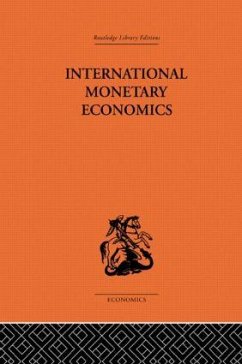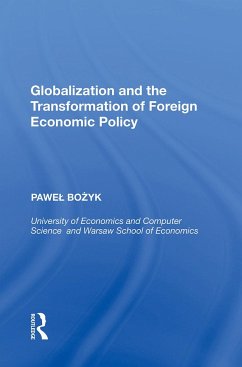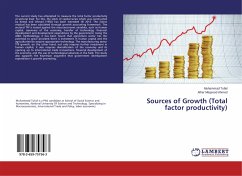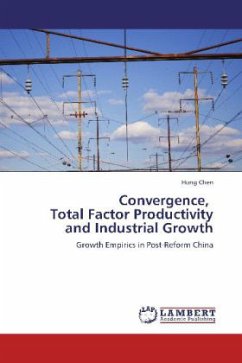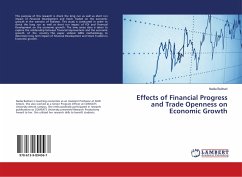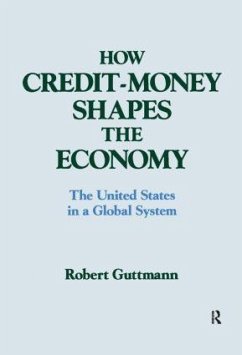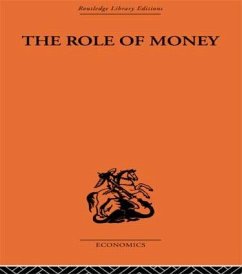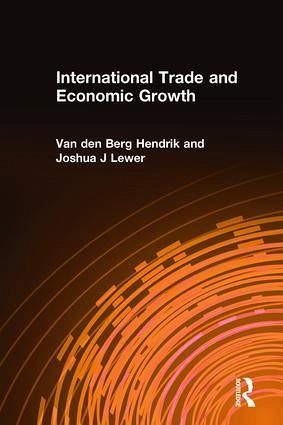
International Trade and Economic Growth
Versandkostenfrei!
Versandfertig in 6-10 Tagen
207,99 €
inkl. MwSt.
Weitere Ausgaben:

PAYBACK Punkte
104 °P sammeln!
Unlike any other text on international trade, this groundbreaking book focuses on the dynamic long-run relationship between trade and economic growth rather than the static short-run relationship between trade and economic efficiency. The authors begin with well-known theory on international trade, and then take the student into more recent and less well-known work, all with a careful balance between empirical and theoretical perspectives. A valuable teaching tool for courses in international economics, economic growth, and economic development at both the undergraduate and graduate levels, th...
Unlike any other text on international trade, this groundbreaking book focuses on the dynamic long-run relationship between trade and economic growth rather than the static short-run relationship between trade and economic efficiency. The authors begin with well-known theory on international trade, and then take the student into more recent and less well-known work, all with a careful balance between empirical and theoretical perspectives. A valuable teaching tool for courses in international economics, economic growth, and economic development at both the undergraduate and graduate levels, the book uses some very modest algebra, calculus, and statistics. However, most analytical discussions are built around diagrams in order to make the text accessible to students with a variety of social science backgrounds. An Instructor's Manual is available to professors who adopt the text.








